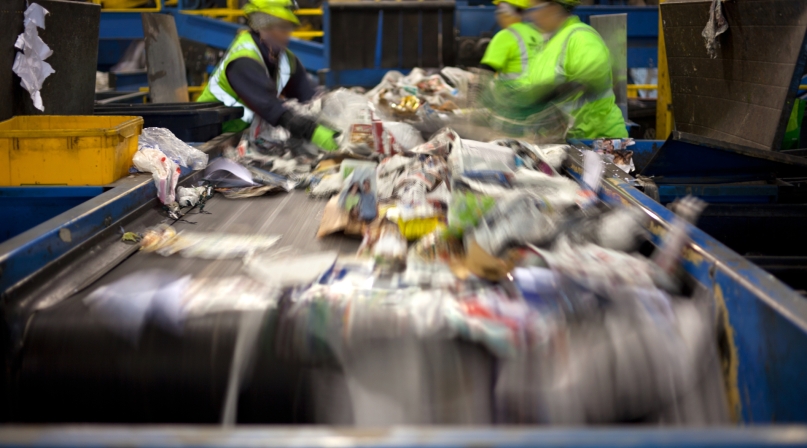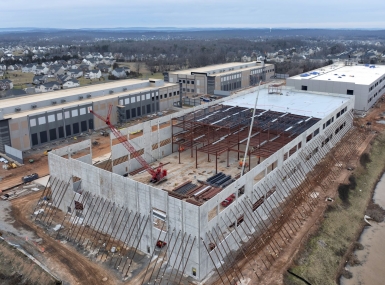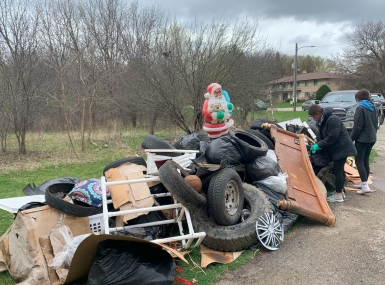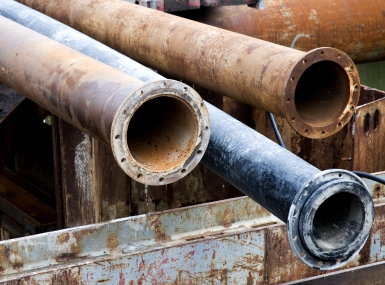EPA announces $58 million available for Solid Waste Infrastructure for Recycling grants
Author

Charlotte Mitchell

Rachel Yeung
Upcoming Events
Related News

Key Takeaways
On September 16, the Environmental Protection Agency (EPA) announced $58 million in available funding under the Solid Waste Infrastructure for Recycling (SWIFR) grant program. The SWIFR program supports projects that enhance local government infrastructure for managing post-consumer materials.
What is the SWIFR program?
The SWIFR program offers grant funding to improve local infrastructure for waste and recycling management. SWIFR funds can be used to build or update solid waste infrastructure, lower greenhouse gas emissions, and create cleaner, more resilient communities. The program was authorized in the Save Our Seas 2.0 Act (P.L. 116-224) and funded through the Bipartisan Infrastructure Law, (P.L. 117-58).
Counties play a vital role in managing municipal solid waste (MSW) with growing demands to reduce landfill use, promote recycling, and cut greenhouse gas emissions. Counties can use SWIFR grants toward a wide range of high-impact projects to increase recycling, reduce contamination, and promote a circular economy for materials by investing in solid waste management infrastructure.
County project examples
Counties have already benefited from the SWIFR program:
Chaffee County, Colo.: The county received $3.9 million in SWIFR funding to design and construct a regional recyclable transfer station and a materials recovery facility to improve affordability for residents.
Durham County, N.C.: The county-owned Redwood Convenience Site was renovated and re-designed to collect MSW, yard waste, furniture, recyclables, and other products to reduce contamination in a historically disadvantaged neighborhood. The program awarded this project $3.3 million.
Chemung County, N.Y.: To meet the growing demand, the county plans to use $1.7 million in SWIFR funding to build a new composting facility on the site of a decommissioned wastewater treatment plant, transforming a blighted area and improving compost accessibility for the community.
How can counties apply?
Currently, $58 million is available for counties through the SWIFR program. EPA plans to make 20 to 30 awards, ranging from $500,000 to $5 million per award.
Counties can apply for SWIFR grants through December 20, 2024. Counties may also submit an informal Notice of Intent to Apply to the EPA by November 15, 2024, to streamline the process.
For more information on applying, visit the EPA's SWIFR for Communities Program page or grants.gov.
Resource
Legislative Analysis for Counties: The Bipartisan Infrastructure Law

Related News

Counties try to keep data center development in bounds
Once a cash cow, data center development is becoming a more delicate planning issue for counties, particularly as AI use drives demand.

New trails in Milwaukee County help curtail illegal park dumping
While new fines will help defray cleanup costs, Milwaukee County, Wis. Parks hopes making it harder to reach remote places will reduce illegal dumping.

EPA announces proposed Lead and Copper Rule Improvements
EPA announces proposed Lead and Copper Rule Improvements.